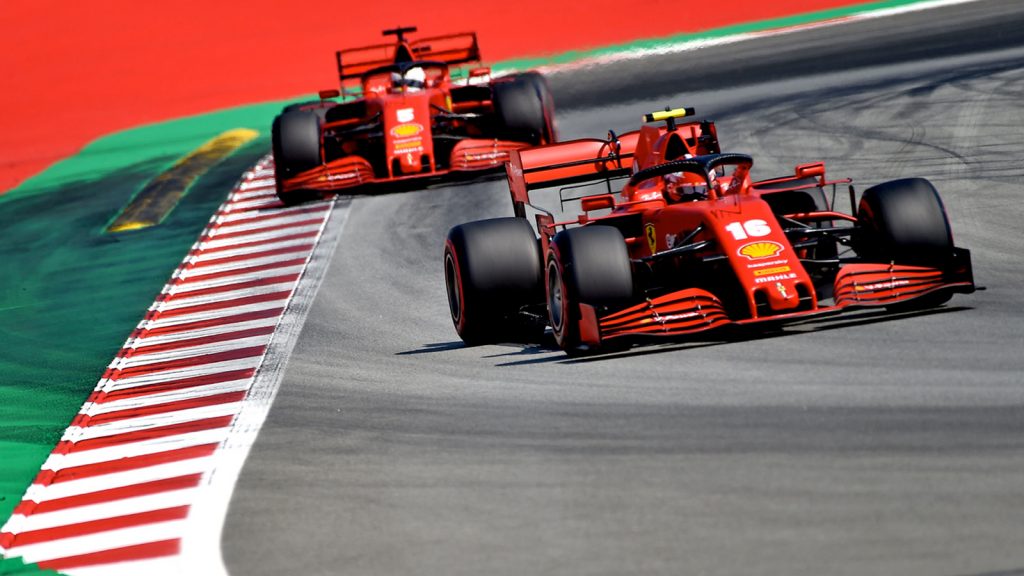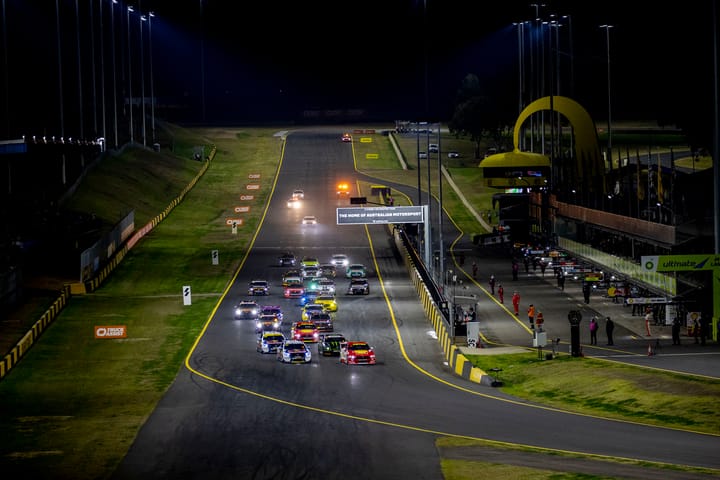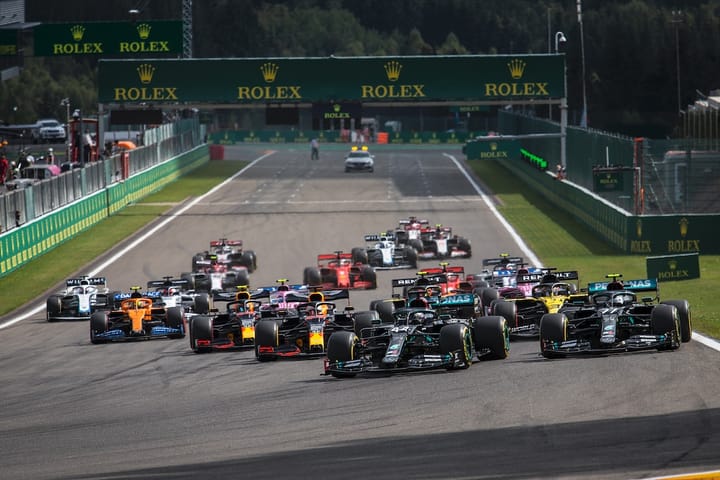The Party Is Over

Grand prix qualifying will become a less torrid and more competitive contest under a new proposal by the FIA.
The governing body of Formula One is looking to eliminate the high-performance engine modes which are exploited under the latest turbo hybrid regulations, boosting total output from the front-running cars to more than 1000 horsepower (745 kiloWatts).
And it could happen before the Belgian Grand Prix at Spa, which is just 10 days away.
The existence of ‘party mode’ was revealed by Lewis Hamilton during pre-season testing with Mercedes-Benz at the start of 2018.
There was also some jousting between Hamilton and Sebastian Vettel after qualifying at the Australian Grand Prix, when the German suggested his Ferrari team would prefer to party on Sunday night after the race.
It has been clear since then that Mercedes – and subsequently other manufacturers – had found ways to optimise their power units for peak performance in the qualifying sessions.
This was highlighted by the fact that, during races, the drivers could not get anywhere near the same kind of pace as they managed during their one-lap sprints for the grid, which explains why Mercedes is often well ahead of its rivals in qualifying but is not anywhere near as dominant in the races.
The FIA is now proposing to get rid of different engine modes, in an effort to make the rules easier to police.
Or so it says.
The engine-mode proposal has inevitably led to the suggestion that this was favouring Ferrari, which has been struggling with its engine since the secret settlement with the FIA over alleged transgressions with its fuel flow meters in 2019.
There is no reason why the FIA would help Ferrari in the circumstances, except perhaps that the team has so many fans around the world and having them constantly disappointed is not a bright idea.
“It is obviously to slow us down,” says Lewis Hamilton.
“But I don’t think it will get the result they want. They’re always trying to slow us down but it doesn’t change a huge amount for us.”
Team boss Toto Wolff, one of the best politicians in the F1 pitlane, is a little more guarded in his response.
“I think the primary goal of the FIA was to implement the rule to better understand and better analyse what is going on with the engines. It’s a very complex method between the combustion engine and all the energy-recovery system and having one mode it becomes more easy for the FIA to really see if everything is in compliance.
“It has always been the case in Formula 1 that pulling back the leaders, or what supposedly are the leaders, is something that is good for the sport.
“We see it very much as a challenge. We have a good quali mode and we are able to give it a little bit more power in that last session.
“But if that is not possible anymore – because everything needs to be smoothed out over the race – then it’s not a deficit for us.
“On the contrary, we think we can translate it into more performance in the race. That is something that is a great challenge that will take on once the rule is implemented.”





